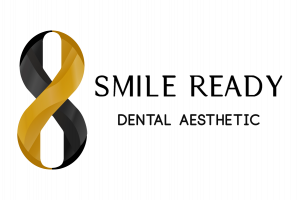
Lip repositioning surgery corrects a gummy smile by limiting the elevator pull muscles, which are responsible for lifting the upper lip.
The procedure restricts how high the upper lip can rise when you smile, keeping it closer to your teeth and minimizing the amount of visible gum.
What are the pros and cons of lip repositioning?
Pros
- Lip repositioning requires only local anesthesia, and recovery is typically easy.
- Results are immediate.
Cons
- While results are usually permanent, some patients see the effects reverse themselves within three months.
- There are less invasive methods of inhibiting upper lip lift—including Botox and even certain fillers.
What happens during a lip repositioning surgery?
First, your provider (usually a board-certified oral maxillofacial surgeon or periodontist) will do a clinical exam to determine whether you’re a good candidate. People with a mildly gummy smile may do well with Botox or a gum lift, while severe cases may require more invasive orthognathic surgery, or jaw surgery.
If you’re a good candidate, your appointment will start with injections of a local anesthetic into the gums, to numb the area.
Then your provider will create two incisions, just below where your gums meet your upper lip.
They’ll remove a flap of gum tissue between these two incisions and suture the upper and lower sections together.
How long does lip repositioning recovery take?
Afterward, your provider may prescribe nonsteroidal anti-inflammatory drugs and oral antibiotics, to alleviate any swelling and minimize the risk of infection.
They may also recommend that you apply ice packs to the area and minimize your lip movement for the first week following the procedure. Two weeks after the procedure, you’ll return to your provider for a checkup, and they’ll remove your sutures.


